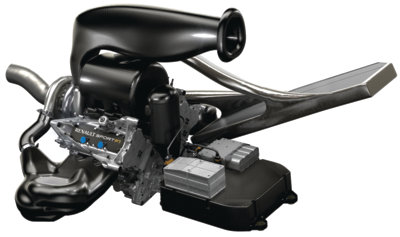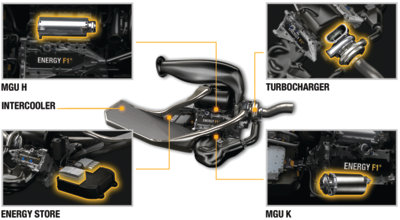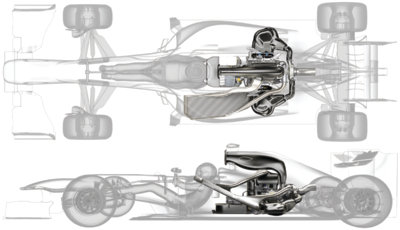





The brake system of a hybrid may have multiple components to perform regenerative braking and pedal simulation.
With conventional friction brakes, the energy of forward motion (kinetic energy) is transformed into heat energy, via friction, and then dissipated into the air. A Toyota hybrid vehicle recharges its high voltage battery through the use of regenerative braking.
With regenerative braking, instead of just wasting that energy by releasing it into the air, the vehicle takes it and places it in a box in the back of the car to save it as stored energy. Later, that stored energy will be converted back into kinetic energy and poured back into the operation of the car.
Regenerative braking takes the forward motion of the vehicle and turns it into electrical energy.

A second generation Toyota Prius is at least 12 years old and batteries may need to be replaced. Here’s what the codes mean.

The secret to diagnosing air ride problems is knowing what criteria the system uses to regulate the compressor/reservoir and having the right tool.

These engines have been reliable, but there are four pattern failures you might see.

The release provides new coverage in 53 distinct product categories and 47 part numbers for 2023 and 2024 model-year vehicles.
Grew company from small machine shop to global leader in car lifts and garage equipment.
You can get a good idea of what to expect by adding the official ASE practice tests to their study plans.
AACF will be announcing more details about this commemorative fundraiser April 1st.